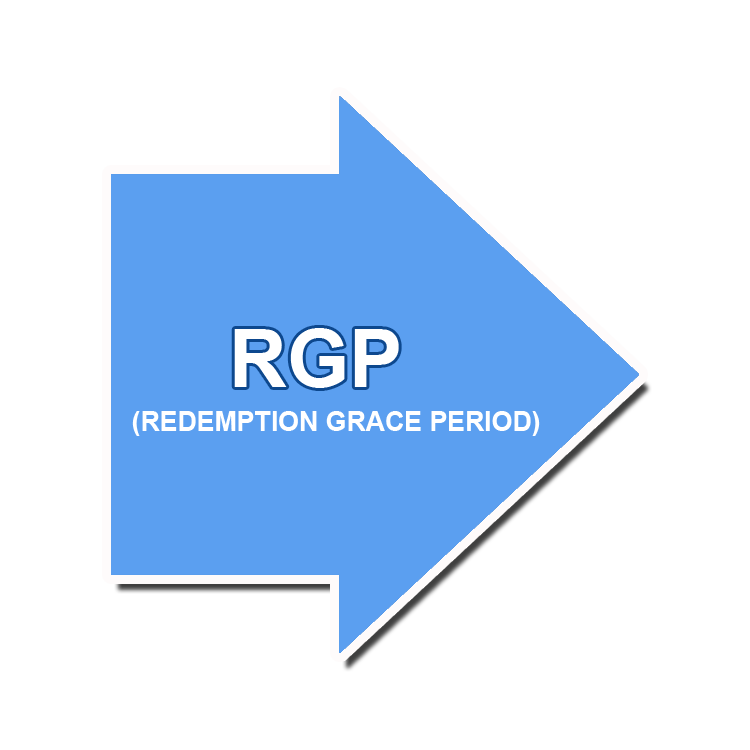backorder process information
Get The domain name you want!

Domain Name Lifecycle
Timeline
Thousands of domain names become available each and every day of the year. Many domains drop either because the domain name registrant is no longer in business or just forgets to renew. Having the correct backorder process information will give you the advantage over your competition when securing the brand for your business. Knowing when and how to backorder will put your business on the front line for success.
Backorder Types
Deleting vs. Expiry domain drops
There are two primary types of domain drops which will occur at different times in the domain’s lifecycle, expiry auctions and deleting auctions. An expiry auction will occur prior to the domain deleting and entering the redemption grace period. Some registrars will make the domain available for purchase through an auction between 25 to 41 days after the expiration date. Each registrar will run the expiry auction with little differences. For example, Namejet who is the expiry partner for Network Solutions and eNom will run a closed three day auction for all prospective buyers who placed a backorder for the domain. Only those who placed backorders prior to the cutoff date are allowed to bid in the auction and no outside bids are permitted. Expiring Godaddy domain auctions are a little different. The expiring domain inventory is made available to anyone to backorder up to the auction end date/time. This is considered an open auction where a backorder is not required to view the auction and current bid. Anyone may enter the auction up until its conclusion. To avoid auction sniping Godaddy will extend the amount of time when a bid is made with under 5 minutes left in the auction until there are no more bids.
The other type of domain drop occurs after the domain passes through the redemption grace period (RGP) and the pending delete period until it is released by the registry. Deleting domains are typically acquired through backorder placed at a domain dropcatching company such as Snapnames, Dropcatch, and Pheenix. Depending on the registry, registrars are given early access to the drop so it is nearly impossible to hand register a domain name if there is interest. A backorder will give the prospective registrant the best opportunity to acquire the targeted domain name. Also, most dropcatch regsitrars will not charge for the backorder submission, the registrant will only be charged for a successful acquisition.
Domain state
Status Codes
A domain may appear in many different states within its lifecycle. Each state has a specific requirement and result. In an effort to standardize domains, ICANN set forth a description for each domain as they progress through the domain lifecycle.
Get In Touch
PO Box 128
Bloomsburg, PA 17815
+1.570-589-7257





